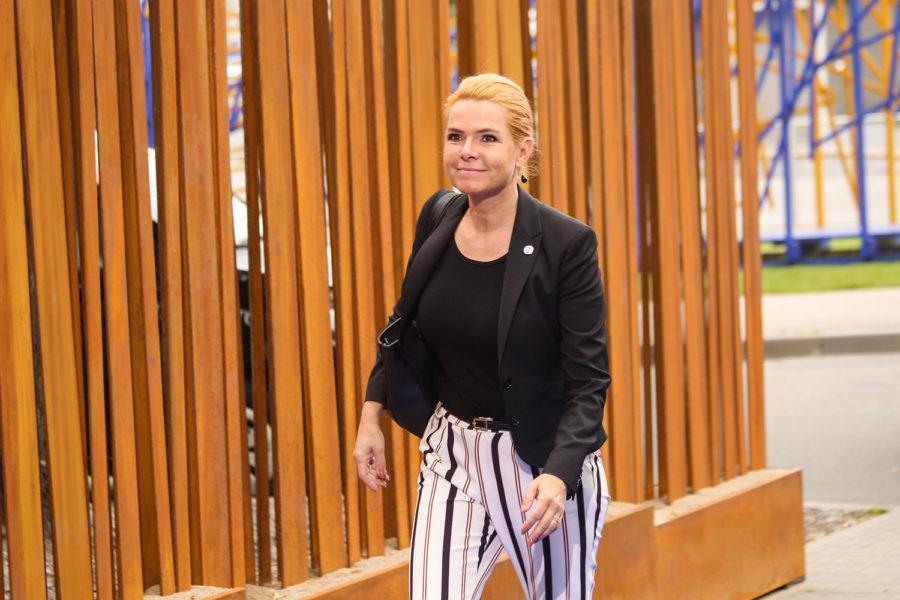Editorial | Denmark immigration policy inhumane
Arno Mikkor, Aron Urb/EU2017EE/Flickr
Inger Stojberg — the Danish minister for immigration, integration and housing — referred to those contributing to the influx in Denmark’s immigrant population as “undesirable” and a “nuisance.”
December 4, 2018
Denmark seemingly took a page right out of President Donald Trump’s political playbook on Friday, except far more severe — the center-right Danish government and the right-wing Danish People’s Party struck a $115 million deal to house as many as 100 people, including foreigners convicted of crimes and rejected asylum seekers who cannot be returned to their home countries, on the 17-acre Lindholm Island.
The subjects must, under threat of prosecution, report to authorities daily, spend every night on the island and are not allowed to seek work in Denmark.
This bid clearly aims to push immigration restrictions to the limits of human-rights conventions, with the Danish government hoping to encourage rejected asylum-seekers and foreigners convicted of crimes to leave Denmark by making their lives as miserable as possible through policies that are simply inhumane.
Denmark, like many European countries, experienced close to a 50 percent spike in immigration from 2010 to 2015 — from 70,000 immigrants to nearly 100,000 — so many Danish citizens and politicians have become wary of an influx of foreign residents.
“If you are unwanted in Danish society, you should not be a nuisance to ordinary Danes,” Danish Minister for Immigration, Integration and Housing Inger Stojberg wrote on Facebook. “They are undesirable in Denmark, and they must feel it!”
Despite finance minister Kristian Jensen’s claim that they had no plans to place these individuals in prisons, an independent study of current detention centers found the conditions to be similar to those in prisons or worse.
Martin Henrikson, a spokesperson for the Danish People’s Party, told TV2 the island’s ferry service would be minimized and made “as cumbersome and expensive as possible.”
This follows a shift in Denmark’s policy toward refugees. Just this summer, the Danish government introduced a ban on face coverings, clearly targeted at the expanding Muslim population in Denmark — and certainly a sign of growing animosity toward foreigners in the nation.
Prime Minister Lars Lokke Rasmussen announced the government would no longer seek to integrate refugees into Danish society, but instead merely host them until they could be encouraged to return to their home countries.
“It’s not easy to ask families to go home, if they’ve actually settled,” Rasmussen said at a party meeting. “But it is the morally right thing. We should not make refugees immigrants.”
Denmark, a country once respected for rescuing 99 percent of its Jewish population during the Holocaust, is now taking the same steps that threaten the most vulnerable in their communities.
But despite efforts to encourage them to leave, rejected asylum-seekers cannot simply return home, due to fears of persecution or because their countries will not accept them. The Syrian Civil War has caused 5.6 million Syrians to flee the country — many of them have fled to Europe as their only hope at survival.
The Danish government has historically been pretty liberal on policy — the nation offers social welfare, free health care and free university education to all of its citizens. But Denmark should remember that even though immigrants aren’t citizens, they’re still people. And human beings don’t deserve to be stuck on a remote island with unlivable conditions, no matter what country they come from.








